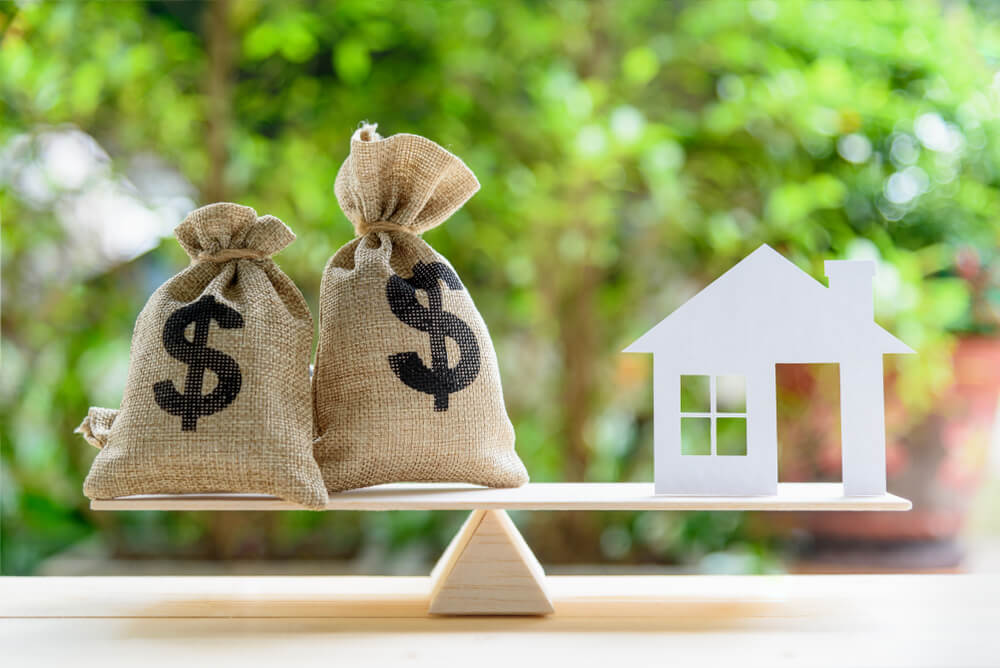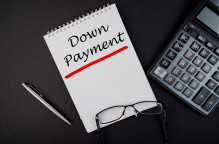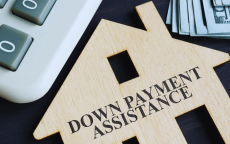How To Determine Your Down Payment On A House
It’s never easy to determine your down payment that fits your budget and aligns with your long-term financial goals. Here are tips to identify your upfront payment.
Determining how much you should or can spend on a down payment is a big decision. It requires detailed consideration of numerous factors: your finances, monthly spending habits, financial goals, and more. Remember, large and small down payments have particular pros and cons; the key here is to calculate and decide what size down payment is optimal for your financial situation and goals. In this post, we will share practical tips to determine your down payment, considering a wide range of factors, including your monthly budgets, expenses, total savings, closing costs, house prices, etc. First, let’s check out the potential benefits and downsides of small and large down payments.
Large vs. Small Down Payments
While not required, making a large down payment (20% or more) offers key pros, such as:
- Reduce monthly mortgage payments due to a larger upfront payment;
- Avoid Private Mortgage Insurance (PMI);
- Potential to receive better interest rates and mortgage loan terms;
- Shorten the loan repayment period and save on your overall interest expenses in the long run.
Large down payments also have drawbacks, such as higher upfront costs or less liquidity for emergencies or other investments. In reality, many prospective homebuyers, particularly first-time buyers, do not have a 20% or higher down payment to pay upfront. As a result, opting for a lower down payment is a more optimal choice.
If you are considering lesser initial cash for your first or next house, the good news is that little down payments also provide clear advantages, including:
- Lower upfront costs and faster homeownership
- Preserve the buyer's savings for emergencies and other uses;
- Opportunity to invest saved funds elsewhere.
However, low down payments result in higher monthly mortgage payments, less favorable interest rates, PMI costs, and a higher cost of the mortgage loan in the long run. Here’s a down payment example illustrating how larger and smaller upfront payments affect monthly mortgage payments. Consider a 20-year fixed-rate mortgage with a 6.5 percent interest rate for a $300,000 home. With a 20% down ($60,000), the estimated monthly payment and total payment are $1,789.38 and $429,450.13, respectively. On the other hand, these figures are $2,124.88 and $509,927.02 if you make a 5% down payment ($15,000). Note that these calculations do not factor in taxes, insurance, and fees.
Understanding the benefits and downsides of different down payment sizes does matter to your home-buying decision. Weighting the pros and cons and clarifying how each choice impacts your monthly payments, loan terms, and overall financial picture so you can decide what is better for you.
Determine What You Can Comfortably Afford to Spend on Monthly Mortgage Payments
The costs of owning a new house may surprise new homeowners. Many expenses need to be taken into account, so it’s essential to create a budget to figure out what you can comfortably spend on the total home payments each month. Here’s a look at costs and additional expenses worth factoring in:
- Mortgage principal paid, interest paid, homeowners insurance, property taxes, homeowners’ association fees, mortgage insurance, and mortgage insurance (if applicable) all contribute to the total monthly home payments. Please note that some kinds of expenses, like insurance and taxes, may go up over time.
- Do not forget to budget for expenses like home maintenance, repairs, and, of course, utilities (electricity, water, sewer, and more). It’s also worth noting that these costs might be significant and tremendously vary depending on weather, climate, local utility rates, and specific features of the home, such as its size or energy efficiency.
Based on estimates of these costs and expenses, you can get a clearer picture of how much you need to spend on your home payment, how your budget can change after buying the new home, and the amount you need to save per month for emergencies and other uses.

Determine Your Down Payment on A House
Now that you have a clearer understanding of your monthly home budget and the required expenses to own a house. Next, it’s time to consider what down payment size is best for you.
When deciding what down payment amount is right for you, consider how much savings you will have left after you buy. Keep in mind that it’s always necessary to have some left for emergencies, repairs, maintenance, or other users. Life is unpredictable, and emergencies can arise at any time.
Also, ask yourself how much you can comfortably afford to pay upfront, how much you can afford each month, and how important it is to save money overall for you. Ask lenders to show you different down payment options and scenarios using real numbers to help you choose the one that is best for you.
To delve deeper, here are a few steps that may help you better determine what amount you should and can comfortably afford to spend upfront.
1. Find out how much of your total savings and investments are available. Then, deduct any money you intend to set aside for other savings goals, home improvements, furniture, moving costs, emergency funds, or else (typically equivalent to 3–6 months’ worth of expenses). This is likely the highest possible amount of cash you have available for closing.
2. Estimate your closing costs, typically ranging from 2% to 5% of the purchase price (without the down payment amount). Still, the actual amount of your closing costs depends on other factors, like your upfront payment, the home price, type of home, lender costs, type of mortgage loan, and location.
3. Deduct the closing costs estimate from the maximum cash for closing (that you’ve calculated in Step 1) to estimate your maximum down payment for the new home.
NOTE: At this point, none of these early estimates are precise. So, it’s wise to add a buffer to your estimates. This way, if your actual expenses are higher than anticipated, you will not be short on funds.
In addition, consider using an online mortgage loan and down payment calculator to have more accurate estimates for your total monthly payments and a suitable down payment amount. By inputting the required entries, the calculation tool will provide you with details about your mortgage loan.
Bonus: Questions to keep in mind when deciding on the down payment size
To make things clearer, there are other pairs of questions to ask yourself when considering the upfront amount you should put down on your new house:
- How much money will you have to close? Along with the closing costs, you will also need cash to cover other upfront costs like title fees, prorated taxes, and more.
- Will the property need upgrades or repairs? The chances are that you’ll want to make some improvements or repairs to your new home after moving in. So, be sure that you have money to cover those costs.
- How much cash have you reserved for maintaining and keeping up the property? It’s a good idea to set aside some money for the ongoing expenses of owning a home.
- Are you eligible for down payment assistance? Qualifying for down payment assistance programs means all or a portion of your down payment house can be covered. So, check to see whether or not you're eligible for any down payment assistance program.
Wrapping up
Deciding on a down payment is the first and one of the most essential steps on your homeownership journey. Whether you opt for a large or small down payment, thorough planning, and realistic budgeting are key. It's crucial to consider all relevant factors, including your financial situation, future goals, additional expenses, ongoing homeownership costs, and more. Importantly, do not use up your emergency savings or other critical funds to increase the down payment. We know it’s hard, but you should strike the right balance between an affordable monthly payment and preserving your financial flexibility. That’s how to determine your down payment!


